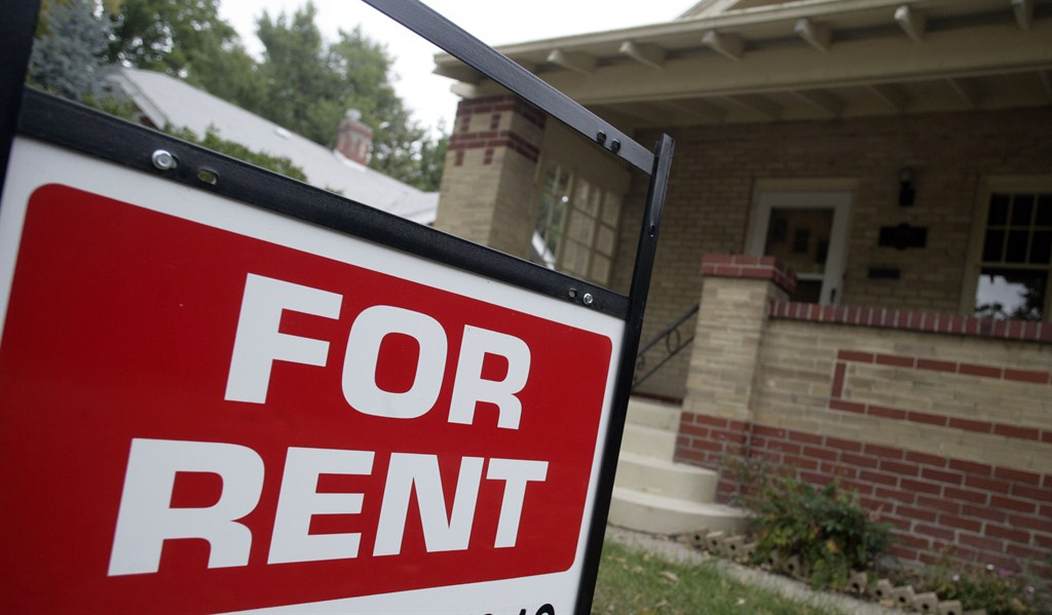Is the realistic aspiration to own a home still central to the American dream or is it fading away like so many other traditional American values?
Newly released data from the Census Bureau shows that the overall rate of homeownership in America hit a 20-year low in 2014. Only 64.5 percent of American households lived in a home they owned last year. That was the lowest rate since 1994, when 64.0 percent lived in a home they owned.
The overall homeownership rate peaked in 2004, when 69.0 percent of households lived in a home they owned. Each year since then, homeownership has declined.
But digging deeper into the homeownership data shows some longer trends.
In 2014, both young and middle-aged householders were less likely to own the home they lived in than were Americans in their same age brackets more than three decades ago. Only American householders 65 or older were more likely to own a home in 2014 than householders in their age bracket had been in the early 1980s.
The Census Bureau has published data on homeownership rates by age going back to 1982.
In that year, 41.2 percent of American householders under 35 owned the home in which they lived. Thirty-two years later, in 2014, only 35.8 percent of householders under 35 owned the home in which they lived.
Homeownership in this age bracket peaked at 43.1 percent in 2004. It has declined in 9 out of the 10 years since then, including last year.
American householders 35 to 44 have seen the most dramatic decline in homeownership. In 1982, 70.0 percent in this age bracket owned the home in which they lived. That was also the peak ownership year for this group over the past 32 years. By 2014, its ownership rate had dropped to a post-1982-low of 59.7 percent.
Householders in the 45-to-54 age bracket also have never attained the rate of homeownership they enjoyed in 1982. That year, it was 77.4 percent. By 2014, it hit a 32-year low of 70.7 percent.
Among 55 to 64 year olds, 2014 was also the worst year for homeownership in the 32 years, with the rate dropping to 76.3 percent -- down from 80.0 percent in 1982 and from a peak of 81.7 percent in 2004.
Recommended
Among Americans 65 and over, the 2014 homeownership rate of 79.9 percent was higher than the 74.4 percent rate of 1982, but below the 81.1 percent peak rate attained in 2004.
According to the Census Bureau, the overall homeownership rate in decennial census years has seen downward movements in the past. In 1900, for example, it was 46.5 percent, but then declined to 45.9 percent in 1910 and 45.6 percent in 1920 -- before rising to 47.8 percent in 1930.
By 1940, it had dropped to 43.6 percent -- a lower rate than in 1900.
No doubt there are many reasons for the recent decline in homeownership. But the ultimate impact of a continuing decline would be a change in the nature of America.
American freedom flourished where people who lived according to traditional Judeo-Christian values saw an opportunity to own their own property and control their own destinies.
The historian Frederick Jackson Turner may have best explained the American pioneering spirit in "The Frontier in American History."
"Almost every family was a self-sufficing unit, and liberty and equality flourished in the frontier periods of the Middle West as perhaps never before in history," Turner argued. "American democracy came from the forest and its destiny drove it to material conquests, but the materialism of the pioneer was not the dull contented materialism of an old and fixed society.
"Both native settler and European immigrant," Turner said, "saw in this free and competitive movement of the frontier the chance to break the bondage of social rank and to rise to a higher plane of existence."
Turner argued -- or hoped -- that the closing of the old frontier in the American West would not turn Americans away from their unique tradition of individualism, self-reliance and self-government.
"It would be a grave misfortune," he said, "if these people so rich in experience, in self-confidence and aspiration, in creative genius, should turn to some Old World discipline of socialism or plutocracy, or despotic rule, whether by class or by dictator."
One wonders what Turner would think were he to see that in 2014 the lowest rates of homeownership in this once-pioneering nation were in the big-government states of New York (52.9 percent) and California (54.2 percent).
Geographically, they bracket the nation. But do they represent our future or our past?

























Join the conversation as a VIP Member